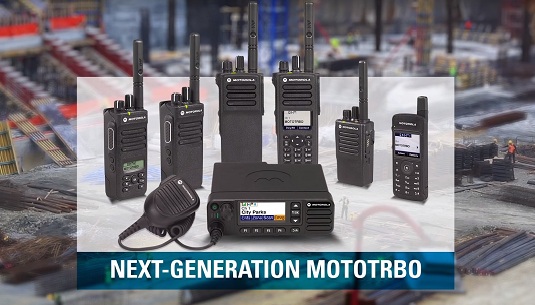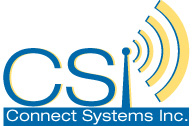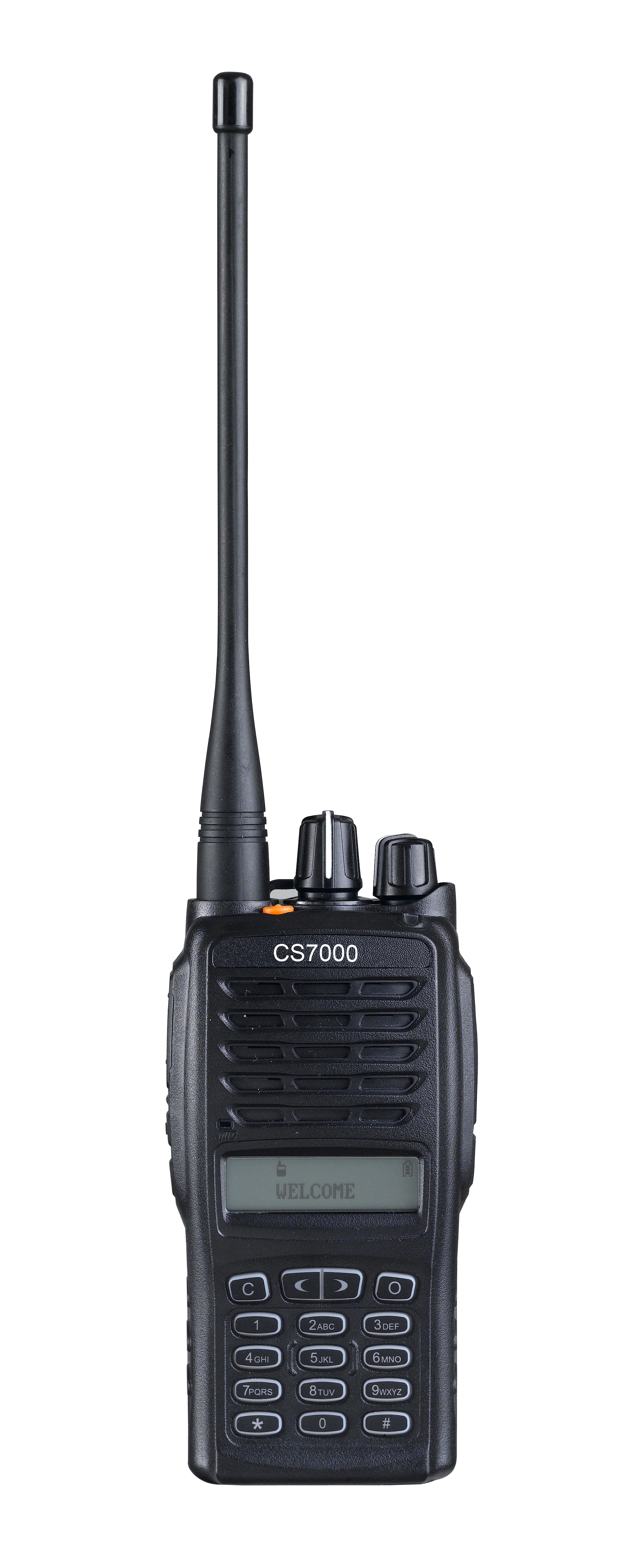Rutger PA3CQJ stuurde deze link over de unboxing van de nieuwe Tytera MD390
Let op het FCC ID, hij zal dus inwendig gelijk zijn aan de MD380.
Bron: Verbinding.tv
Motorola Solutions heeft de vernieuwde ‘next gen’ MOTOTRBO-lijn gelanceerd, waarin nieuwe radio’s, een trunking-oplossing en een repeater zijn opgenomen. De nieuwe radio’s zijn voorzien van een geïntegreerde wifi-module, zodat ze binnen een paar minuten kunnen worden voorzien van software-updates, zonder dat de eindgebruiker daarvoor naar het kantoor van de netwerkbeheerder hoeft.
 Bovendien beschikken de toestellen over een batterij die volgens Motorola een levensduur heeft van 29 uur, zodat er langer mee kan worden doorgewerkt. Daarnaast is de man-down-waarschuwingsfunctie verbeterd en zijn de radio’s voorzien van binnenpandige locatiebepaling – twee cruciale functies bij toepassing in risicovolle omgevingen. Tegelijk met de nieuwe radio’s is Capacity Max geïntroduceerd, een nieuwe MOTOTRBO trunking-oplossing. Dit nieuwe systeem is beter beveiligd en eenvoudiger te bedienen. Capacity Max is schaalbaar van kleine systemen tot grote, complexe projecten die een grote capaciteit vergen (tot maximaal 3.000 eindgebruikers per locatie).
Bovendien beschikken de toestellen over een batterij die volgens Motorola een levensduur heeft van 29 uur, zodat er langer mee kan worden doorgewerkt. Daarnaast is de man-down-waarschuwingsfunctie verbeterd en zijn de radio’s voorzien van binnenpandige locatiebepaling – twee cruciale functies bij toepassing in risicovolle omgevingen. Tegelijk met de nieuwe radio’s is Capacity Max geïntroduceerd, een nieuwe MOTOTRBO trunking-oplossing. Dit nieuwe systeem is beter beveiligd en eenvoudiger te bedienen. Capacity Max is schaalbaar van kleine systemen tot grote, complexe projecten die een grote capaciteit vergen (tot maximaal 3.000 eindgebruikers per locatie).
Tot slot zijn de repeaters uit de SLR8000-serie onderdeel van de nieuwe MOTOTRBO-lijn. De SRL8000-repeaters zijn op hetzelfde platform gebouwd als de SRL5000-serie en maken het mogelijk om systemen te realiseren met dekking over een groot geografisch gebied. Door de flexibele architectuur van de SLR8000-serie kunnen de toestellen eenvoudig naar wens worden geconfigureerd.
Op diverse forums duiken plaatjes op van Hytera clones. Zo ook op de website van Harris PSPC.
Klik hier voor full screen
 Na lange tijd is er dan nu weer nieuws over de CS7000 van Connect Systems.
Na lange tijd is er dan nu weer nieuws over de CS7000 van Connect Systems.
In een bericht ontvangen van Jerry Wanger waarin hij aangeeft dat deze DMR, Dstar en analoge portofoon er toch gaat komen is dit te lezen. Levertijden worden niet genoemd maar hardwarematig schijnt de portofoon al gereed te zijn. Er wordt nu hard gewerkt aan de software. Hieronder het bericht van Jerry.
The original hardware design of the CS7000 was completed over a year ago and was based on the CS750. To successfully complete this project Connect Systems had to have a stable CS750 and the cooperation of Covalue, the designer of the firmware and hardware of that radio. This plan ran into two issues. The first issue was the CS750 took over a year longer to complete than expected and the second issue was not being able to get the full cooperation of Covalue in the design.
 To continue the use of the hardware design of the CS750 it would be necessary to use the C5000 baseband chip. This has a problem in that the C5000 specifications is not accurate and it would be necessary to communicate with the manufacturer of that part to understand the problems and that would only be possible if we understand Mandarin Chinese. To go back to Co-Value for help would not be possible because they do not have the time to help us with that design because of the other work they are doing.
To continue the use of the hardware design of the CS750 it would be necessary to use the C5000 baseband chip. This has a problem in that the C5000 specifications is not accurate and it would be necessary to communicate with the manufacturer of that part to understand the problems and that would only be possible if we understand Mandarin Chinese. To go back to Co-Value for help would not be possible because they do not have the time to help us with that design because of the other work they are doing.
To get around the design issues, a few months ago it was decided to take a completely new approach. The radio would be designed from scratch and would use only key parts that could be bought from companies that speak and understand English. The hardware design is now finished and is being checked by other people to look for mistakes before it is released for prototypes.
Much of the firmware design that was worked on during the past year is still good so we are not starting from the beginning. The hardware design we are using is state of the art and was not possible at the time the original design was started. One of the key features that people say they wanted was a dual band radio. At this time last year it was not possible based on the constraints we were working with and the state of the art at the time. It has been a year since that statement was made and now the state of the art allows a dual band radio to be made.
At the time the design was originally started, the goal was to have the radio do DMR, Analog, and DSTAR. It was never determined if we had the ability to do NXDN, Fusion, P25, and dPMR. We now have the hardware resources to do it all although there would not be a commitment to do anything that does not ship with the radio.
Some of the changes that is being made to the hardware to increase its versatility is as follows:
The CS7000 will be sold in two versions. The first version will be the standard CS7000 which will be a single band UHF radio. The second version will be the CS7010 which will be dual band UHF and VHF.
A few months after the CS7000 is released the CS8010 which is a dual band mobile radio will be sold. With that radio we have the ability to make it into a Quad Band radio that covers the Amateur Frequencies of 144 MHz, 220 MHz, 440 MHz, and 904 MHz. There is no commitment to the Quad band version at this time because we do not know if people are willing to pay more for that type of radio. For technical reasons, we cannot go much below 100 MHz with the current design. In the future we might consider designing a different radio that covers the lower bands that also allows AM and SSB as well as the standard digital formats.
Future implementations of the CS7000 and CS7010 might have a high quality color display, WiFi, Bluetooth, and GPS. However that is for the future so do not expect that type of radio to be announced anytime soon. Future products will be backwards compatible with the current products so any firmware development will be able to be ported to the future products rather easy.
The radios that are being designed are being designed in a manner that will allow us to make them in the United States if we wanted to. The first versions will probably be made in China.
We will release the hardware design and the source code of the firmware. However Connect Systems will retain control of the copyright of the firmware to prevent our Chinese and other competitors from making knockoffs of the radio and selling at prices below my cost. The amateur community will have the ability to make whatever changes they want to the firmware as long as they only use it on the Connect Systems radios. We might make some other restrictions to prevent our competitors from stealing our designs.
Connect Systems has hired a full time programmer to work on the CS7000 to speed the development of the project. We might encourage other people to work on other aspects of the project in parallel with us.